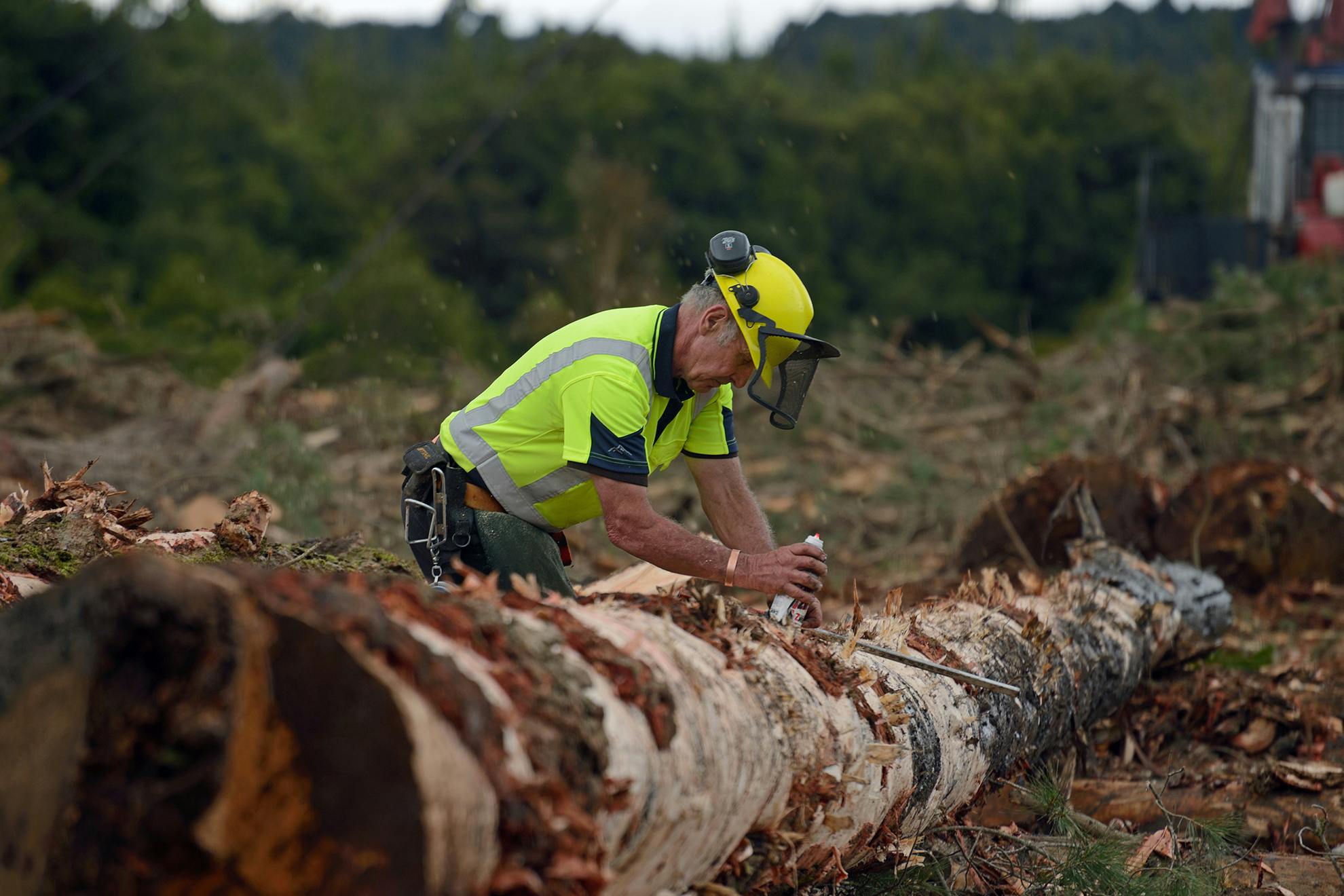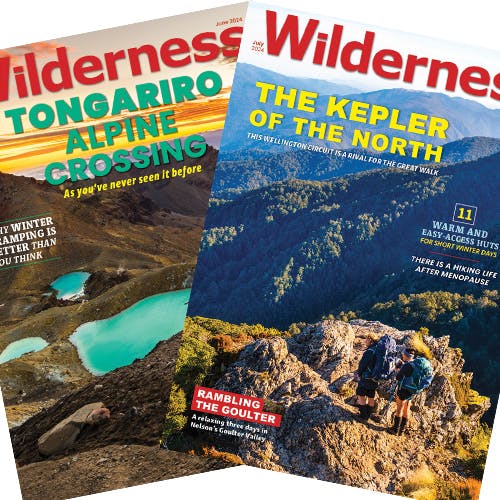The right to enter a commercial forest, often crucial for trampers, mountain bikers and hunters, can be hidden in a jungle of legalese.
Access issues include public access easements (PAEs), unformed legal roads, right-of-ways and access to waterways such as esplanade reserves. Different regulations apply to each type of access.
PAEs are the most common form of legal forest access and often provide pathways through commercial forests to adjoining public conservation land.
“Forestry owners have differing approaches to public access, making it hard for recreationists to know where they stand,” said Herenga ā Nuku Aotearoa chief executive Ric Cullinane.
“Many forests are owned by international companies, and access to them is influenced by international liability and safety standards.”
PAEs enable public access to roads under the Crown Forest Assets Act.
Under the easements, a forestry company may close or restrict access for the safety of road users and those working there, or to protect forest land, such as when fire risk is high.
Herenga ā Nuku Aotearoa, the Outdoor Access Commission, recommends forest owners consider several steps to promote and protect public access. These include: better scheduling of harvesting activities; committing to opening PAEs and other access on weekends and public holidays when hazardous work is not occurring; greater transparency on when, where and for how long a PAE closure will occur; and collaboration between forest companies and DOC to maintain and remediate damaged or closed PAE roads.
“By implementing the above solutions, forestry companies can promote and protect public access while ensuring their business operations are uninterrupted,” said Cullinane.
“They can ensure they embrace their stewardship responsibilities and help their communities enjoy the local forests.”







